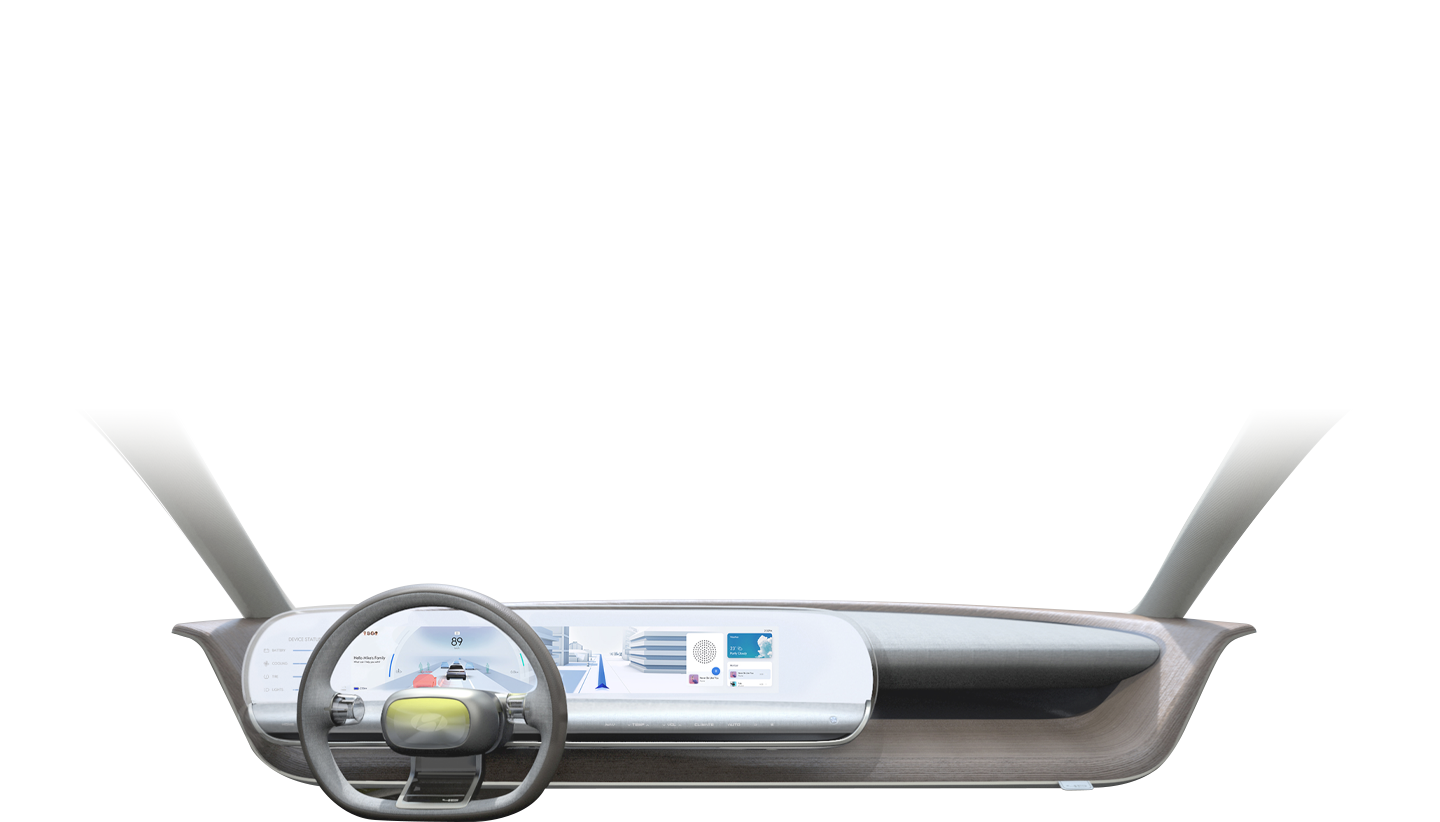When a revolution in mobility crosses
paths with a revolution in connectivity,
magical things can happen.

Around the globe, the green shoots of a mobility revolution are peeking through.
People are demanding less traffic on their streets, less smog in their air, and less friction in their daily lives. These demands are reasonable; average urban density is expected to increase by a staggering 30% in the next 15 years, a prospect that has the potential to exacerbate these issues and further strain cities’ resources and test citizens’ nerves.
Meanwhile, there’s a parallel revolution—a digital one—that is co-mingling with mobility in ways that will forever change how we move through our environment.
This digital revolution is a blur of lightning-fast wireless networks, telemetry-crunching sensors, and endlessly adaptable software programs. For the first time in human history, the possibility of a 100% connected life is just around the corner.
The future of mobility is not about a person running an errand. It’s in how you bring things to that person.
What will a connected life look like from the driver’s seat? To imagine it, we first must expand our view of what the passenger car can be. What purpose can a box on wheels serve beyond moving us from A to B? How might it deliver exciting, delightful experiences along the journey? And maybe most compelling of all, what if the driver’s seat doesn’t even exist?
“When we talk about the future of mobility, I see the entire context radically changed,” says Jona Moore, Global Vice President of Technology at frog, a leading global design and innovation consultancy. “The future of mobility is not about a person running an errand. It’s in how you bring things to that person, rather than them having to go everywhere themselves.”
The intersection of mobility and digital revolutions will redefine the way we relate to cars, inviting people to consider a vehicle’s utility beyond transportation. It all points toward an expanded understanding of what cars can be.
In the future, I believe
vehicles will reach out into diverse spaces.
“For their entire existences, automakers have been contemplating how to help customers get the most from their cars,” says Wonhong Cho, Global Chief Marketing Officer, Hyundai Motor Company. “But in the future, I believe vehicles will reach out into diverse spaces—particularly in the era of electric vehicles and smart mobility. I believe cars can provide extended experiences.”
Cars have always been conduits to memorable experiences. A road trip can become a multi-day revelation. Dropping a child off at university can prompt an exquisite memory of their first day on earth. A car’s transportive power won’t go away, Cho says, but its utility will expand in unexpected ways.
“Unlike other smart devices, an automobile will serve as a ‘travel guardian' or 'travel butler' that proactively delivers the experience that customers want, to meet their needs more intuitively,” Cho says. “You could do the same activities both in and out of a car because everything would be connected—home, stores, school, everything.”
What might those activities be? For Moore, the determination comes down to bringing the world inside, but on a human scale.
“The car will become an evolved context for people,” she says. “Think of it as an area of engagement. On a family road trip, Artificial Intelligence (AI) can provide info beyond just where the nearest restaurant is. It’ll serve up info that delights.”
“If you’re heading to the Grand Canyon, the car can serve up an immersive, educational augmented reality experience for my kids.” Moore says.
“It comes down to blended intelligence,” she continues, “where you bring in machine learning and rich data to personalize the in-car experience. It might sound wild and out-there, but I don’t think it is.”

I don't think the smart mobility era is a distant future, but something that we will experience very soon.

People have traditionally personalized their cars through accessories and custom modifications. Tomorrow, personalization will be “baked in” to the mobility platform. And tomorrow is already coming into view through progressively engineered and designed vehicles like the purely electric Hyundai 45 concept, an homage to Hyundai’s first mass-produced car, the Pony, launched 45 years ago.
“I don't think the smart mobility era is a distant future, but something that we will experience very soon,” Cho says. “And we expect our Electric Vehicles (EV) to perform as distinctively working mobile devices. They will understand places and content relevant to you at the very moment of your online engagement. And they will be ready to locate you at those places or to serve you an immersive experience. This is the essence of Hyundai's latest vision: 'Style Set Free,' providing a tailored experience to make life more flexible and valuable.”
Hyundai Motor believes that time is the most valuable thing in life, and our role is to help people make the best use of it.
When a car is less a means of conveyance and more a platform for delivering delightful experiences, suddenly, orthodoxies are turned on their heads. Take education. “In the future, when autonomous technologies have matured, why couldn’t children occasionally have lessons in a vehicle—a new space for learning?” Cho says. “They could enjoy new, contextually relevant lessons while the car is in motion.”
This suggests that by reimagining what a car can be, Hyundai is reimagining how it can help people get the most out of a precious, finite resource.
“Hyundai Motor believes that time is the most valuable thing in life, and our role is to help people make the best use of it,” Cho says. “From a long-term perspective, car technology should make the customer's time feel worthy. Whether today or 10 years from now, that has to be our goal.”

















